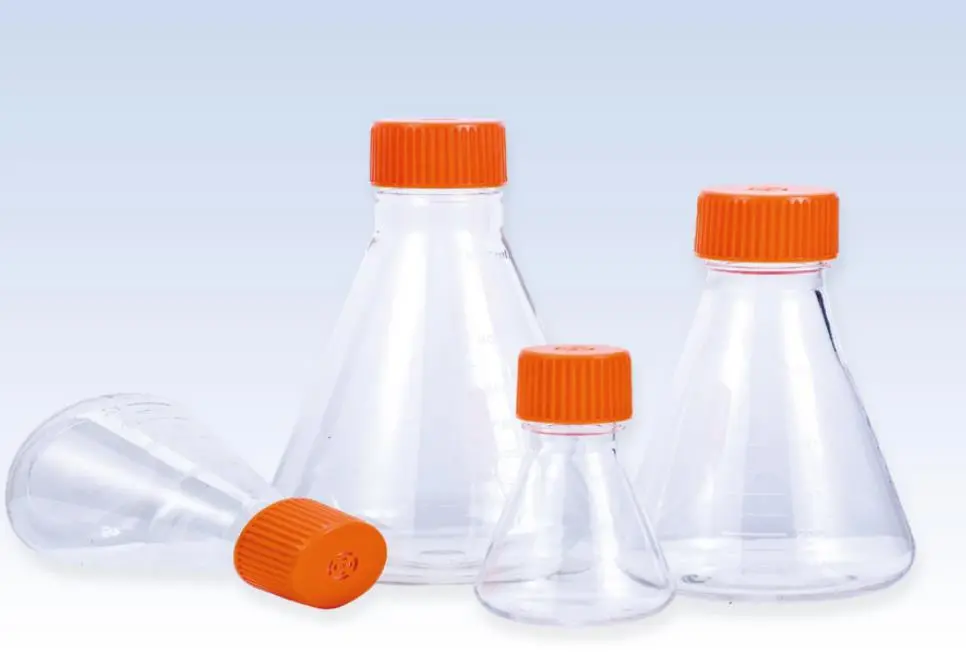Are There Any Special Precautions When Heating a Erlenmeyer flask?

Absolutely! While Erlenmeyer flasks are great for heating solutions, there are some special precautions you should take to ensure safety and prevent damage to the glassware:
l Avoid Direct Flame Heating: Erlenmeyer flasks are not designed for the uneven heat distribution of an open flame. This can cause localized hot spots and lead to cracking or shattering of the glass. Use a heating mantle or hot plate specifically designed for laboratory glassware. These provide more uniform heat distribution and better temperature control.
l Gradual Heating: Thermal shock, the rapid change in temperature, is a major risk when heating glassware. Always increase the temperature on the heating mantle or hot plate gradually. This allows the flask to expand uniformly and reduces the risk of cracking.
l Use Proper Heat-Resistant Material: Ensure your Erlenmeyer flask is made of borosilicate glass, a type of glass known for its excellent heat resistance. Avoid using regular glass flasks for heating, as they are more prone to breakage.
l Never Leave Unattended: Never leave a heating Erlenmeyer flask unattended. Keep an eye on the temperature and adjust the settings as needed. This is especially important when working with volatile liquids that can boil over quickly.
l Anti-Bumping Granules (Optional): For some solutions, adding a few anti-bumping granules (often boiling stones) to the flask can help prevent violent boiling and splattering. These small, porous stones provide nucleation sites for bubbles to form, promoting smoother boiling.
l Magnetic Stirring (Optional): Using a magnetic stirrer with a Teflon-coated stir bar can be helpful, especially when heating a solution. The stirring action promotes even heat distribution and prevents localized overheating.
l Eye Protection: Always wear safety glasses or goggles when working in a laboratory setting, especially when heating liquids. This protects your eyes from splashes or potential glassware breakage.
By following these precautions, you can safely heat solutions in your Erlenmeyer flask and minimize the risk of accidents or damage to the glassware. Remember, proper laboratory practices ensure a safe and productive environment for your scientific endeavors.
- Art
- Causes
- Crafts
- Dance
- Drinks
- Film
- Fitness
- Food
- Games
- Gardening
- Health
- Home
- Literature
- Music
- Networking
- Other
- Party
- Religion
- Shopping
- Sports
- Theater
- Wellness


